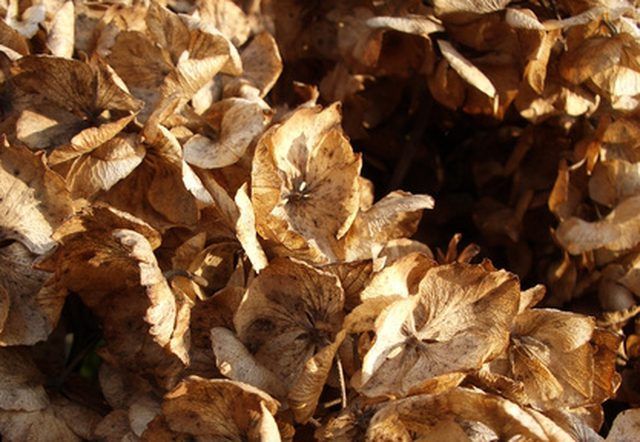Bulbs
Flower Basics
Flower Beds & Specialty Gardens
Flower Garden
Garden Furniture
Garden Gnomes
Garden Seeds
Garden Sheds
Garden Statues
Garden Tools & Supplies
Gardening Basics
Green & Organic
Groundcovers & Vines
Growing Annuals
Growing Basil
Growing Beans
Growing Berries
Growing Blueberries
Growing Cactus
Growing Corn
Growing Cotton
Growing Edibles
Growing Flowers
Growing Garlic
Growing Grapes
Growing Grass
Growing Herbs
Growing Jasmine
Growing Mint
Growing Mushrooms
Orchids
Growing Peanuts
Growing Perennials
Growing Plants
Growing Rosemary
Growing Roses
Growing Strawberries
Growing Sunflowers
Growing Thyme
Growing Tomatoes
Growing Tulips
Growing Vegetables
Herb Basics
Herb Garden
Indoor Growing
Landscaping Basics
Landscaping Patios
Landscaping Plants
Landscaping Shrubs
Landscaping Trees
Landscaping Walks & Pathways
Lawn Basics
Lawn Maintenance
Lawn Mowers
Lawn Ornaments
Lawn Planting
Lawn Tools
Outdoor Growing
Overall Landscape Planning
Pests, Weeds & Problems
Plant Basics
Rock Garden
Rose Garden
Shrubs
Soil
Specialty Gardens
Trees
Vegetable Garden
Yard Maintenance
How to Make Compost Soil at Home
How to Make Compost Soil at Home. Amending your garden beds becomes expensive if you depend on purchased compost to add drainage and organic matter to the garden. Instead, reuse your yard and garden waste to create your own compost soil for the garden. Composting takes the organic waste from your yard, such as leaves and grass clippings, along with...

Amending your garden beds becomes expensive if you depend on purchased compost to add drainage and organic matter to the garden. Instead, reuse your yard and garden waste to create your own compost soil for the garden. Composting takes the organic waste from your yard, such as leaves and grass clippings, along with vegetable waste from the kitchen, and turns it into a soil amendment that is rich in nutrients for your garden plants. Composting isn't difficult, and starting a pile now ensures that you'll have plenty of compost ready come next gardening season.
Things You'll Need
Shovel
Soil
Garden fork
Lay down a 3-to-4-inch layer of chopped up twigs or other coarse material over 4-by-4-foot area, or larger. This layer provides air circulation beneath the compost pile.
Place a 6-inch layer of dead leaves or dead plant material on top of the twigs. Top this with a 2-inch layer of grass clippings or green yard waste. The dead leaves provide carbon to the pile, while the green waste provides nitrogen. Both are necessary for successful composting.
Place a shovel-full of garden soil on top the pile to provide natural microorganisms to the pile, which jump-starts the composting process. Alternately, use a purchased compost starter.
Mix the layers together with a garden fork, and then water the pile until it is as damp as a wrung out sponge. Add more layers as necessary until the pile is between 3 and 4 feet high, mixing and watering as you go.
Scoop out a depression in the center top of the pile. This collects rain water, which ensures that the pile remains damp and ensures even composting.
Turn the pile every four weeks with a garden fork. Turn the outside of the pile to the inside and over the materials on the inside.
Use the compost once all the material in the pile is broken down and resembles a rich, dark soil. This takes approximately three to six months if you turn the pile monthly.
Tips & Warnings
Turn the pile as often as once a week. More frequent turning helps the compost mature more quickly.
While not necessary, a compost holding unit helps control the pile so it doesn't spread over too large an area.
Add fruit and vegetable scraps, coffee grounds and crushed egg shells as they accumulate.
Do not put meat, dairy or greasy items in the compost pile. These break down slowly and attract pests.